In Artinis NIRS blog, you will find the latest trends in (f)NIRS, NIRS studies and applications, tutor from the leaders of near infrared spectroscopy, not to mention detailed insights and tips and tricks for your research!
Search blog post topic

Which experimental designs to use in fNIRS — Resting-state design
Resting-state design using fNIRS can give information on neural networks and functional brain architecture, and is often used in developmental and clinical studies. In this blogpost, we discuss the characteristics, advantages, and considerations of resting-state experiments and give recommendations for successful fNIRS resting-state studies.
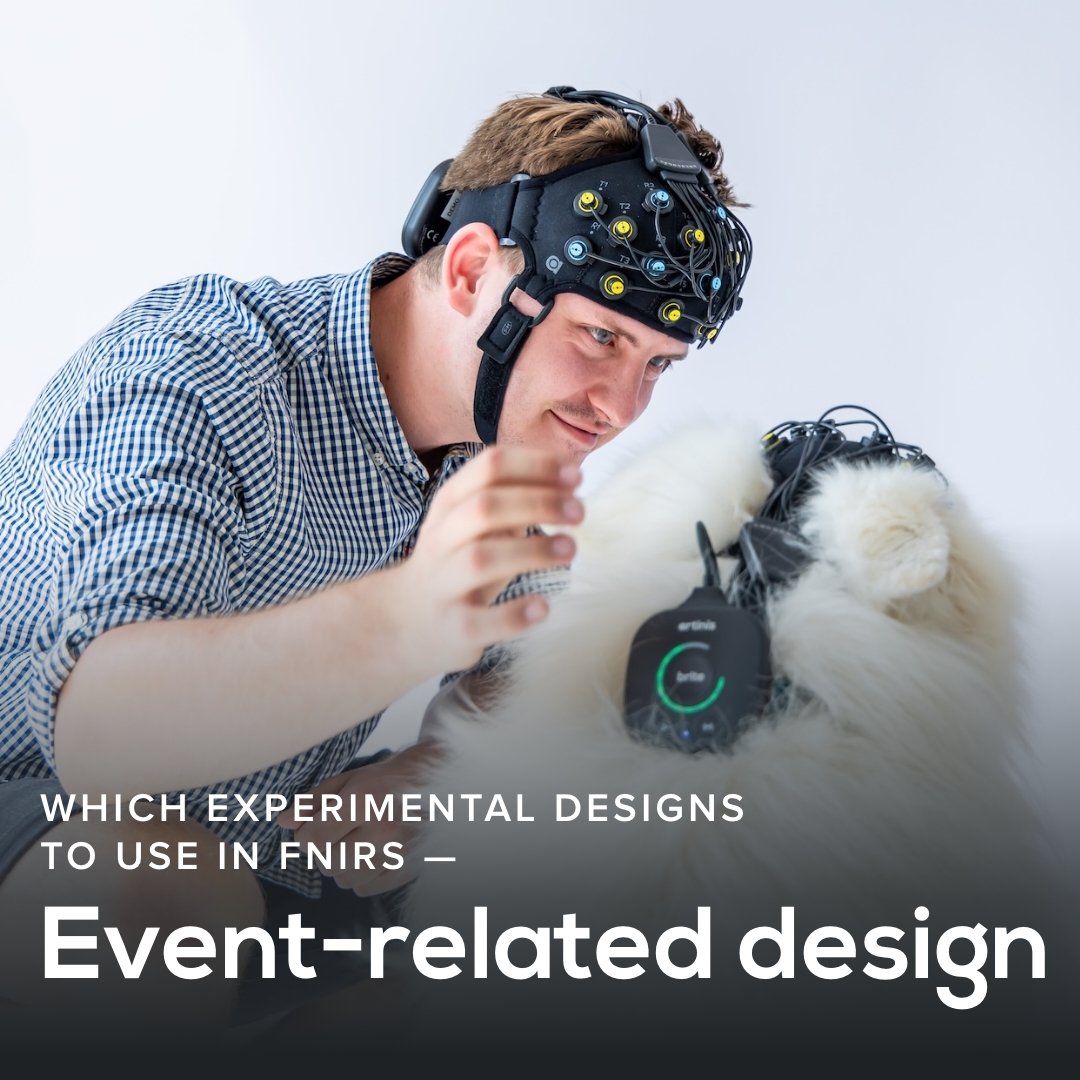
Which experimental designs to use in fNIRS — Event-related design
Event-related study design is frequently used in fNIRS experiments, especially in naturalistic settings or multimodality setups. In this blogpost, we explain what event-related study design is, and dive into its advantages and considerations, as well as recommendations on how to best set up an event-related fNIRS study.

Comparison of fNIRS with other neuroimaging modalities – fNIRS vs. fMRI
fMRI is widely used and seen as the gold standard in non-invasive in-vivo brain imaging. However, due to its technology, it is comes with certain limitations in participant groups and experiments. fNIRS is portable, easy to use and can be applied in subjects of all ages. Hence, it can provide a valid alternative to fMRI in many applications. In this blogpost we discuss advantages that fNIRS has over fMRI, considerations that should be kept in mind and we highlight literature using fNIRS and fMRI to compare, or get complementary information.
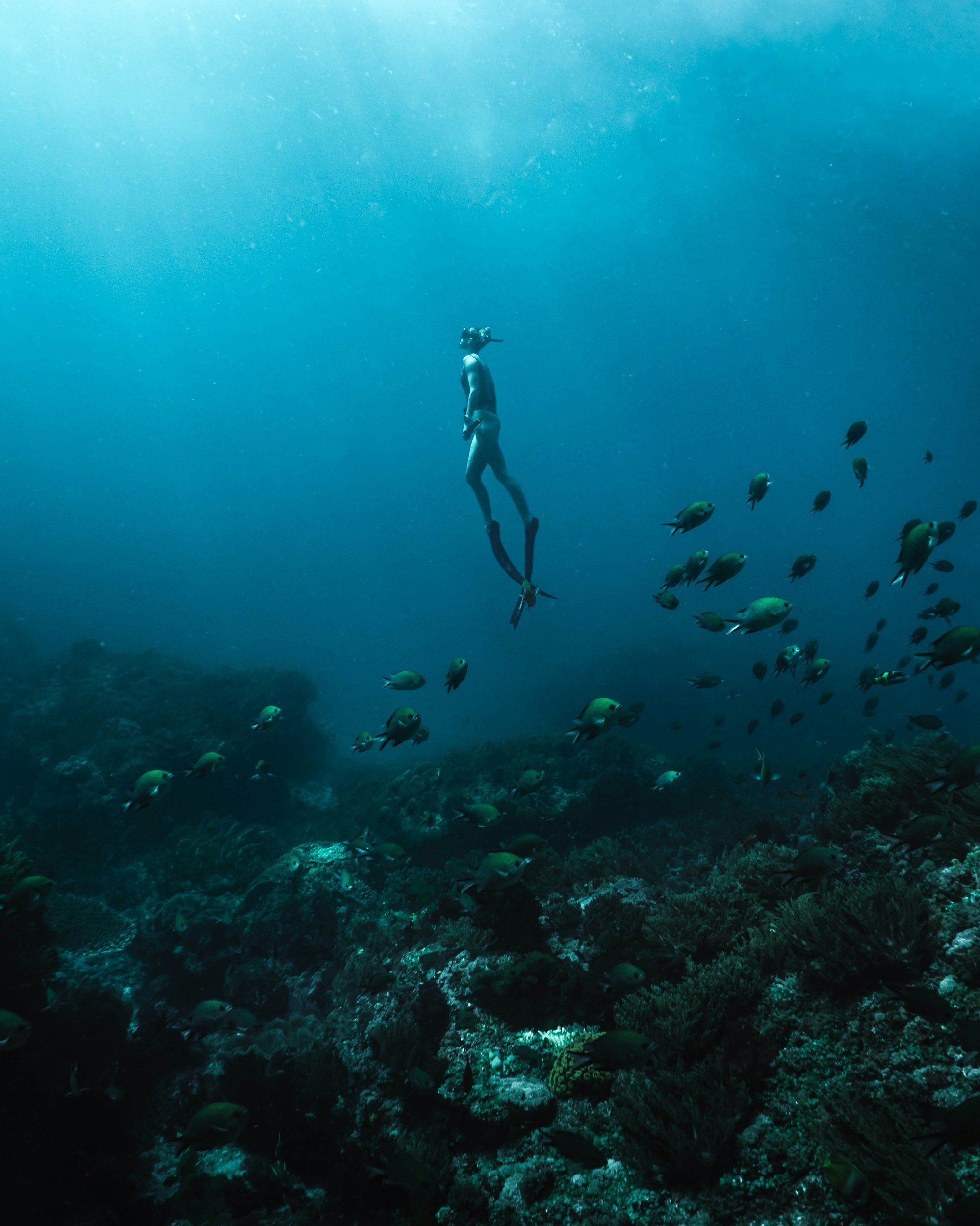
Using a customized Brite during diving - a blogpost interview with Triton Systems, Inc.
As it is portable, customizable and easy to use, fNIRS can be applied to measure brain activity in various and unusual applications. In this blogpost, we interview Triton Systems, Inc., who modified the Brite to make it waterproof and use it to get insights on brain oxygenation during deep water diving. They explain challenges they faced during modification, and give insights into first results of applying fNIRS during diving.

Publication overview 2024 - fNIRS studies with our devices
In 2024, an increasing number of relevant literature measuring brain activity with our fNIRS devices have been published. In this blogpost, we discuss application fields and purposes of using fNIRS to measure in the brain, and highlight exciting studies published in the last year with Artinis devices per category. Further, we show recent publications using our devices in naturalistic settings outside of the lab.
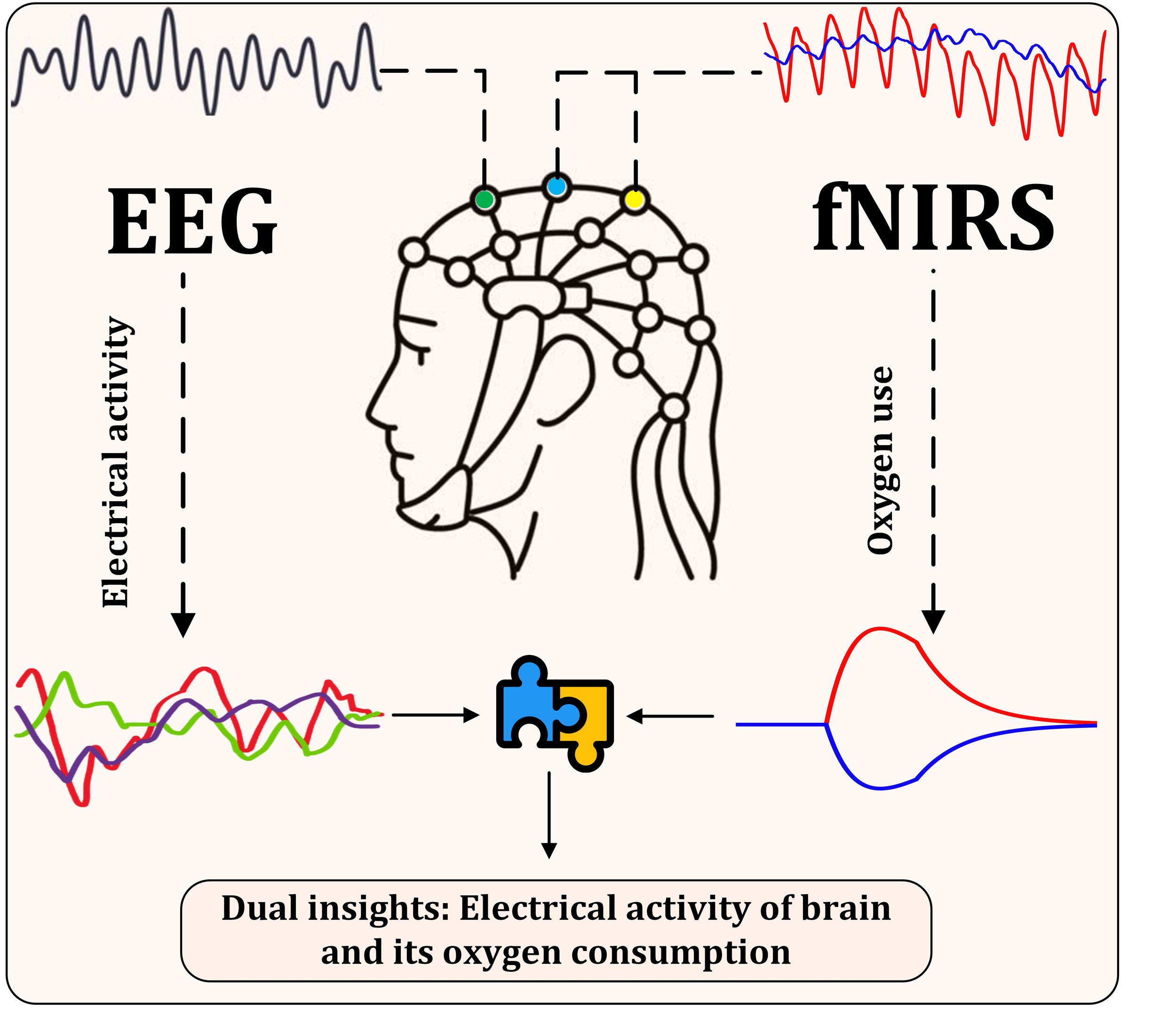
The Advantages of Combining fNIRS and EEG for Brain Monitoring
It is widely recognized that combining fNIRS and EEG can lead to a better understanding of brain activity by improving temporal and spatial resolution. However, the positive effects of simultaneously using both modalities go way beyond this advantage. In this blogpost, we highlight further benefits of applying the fNIRS-EEG combination to assess brain function in cognitive states.
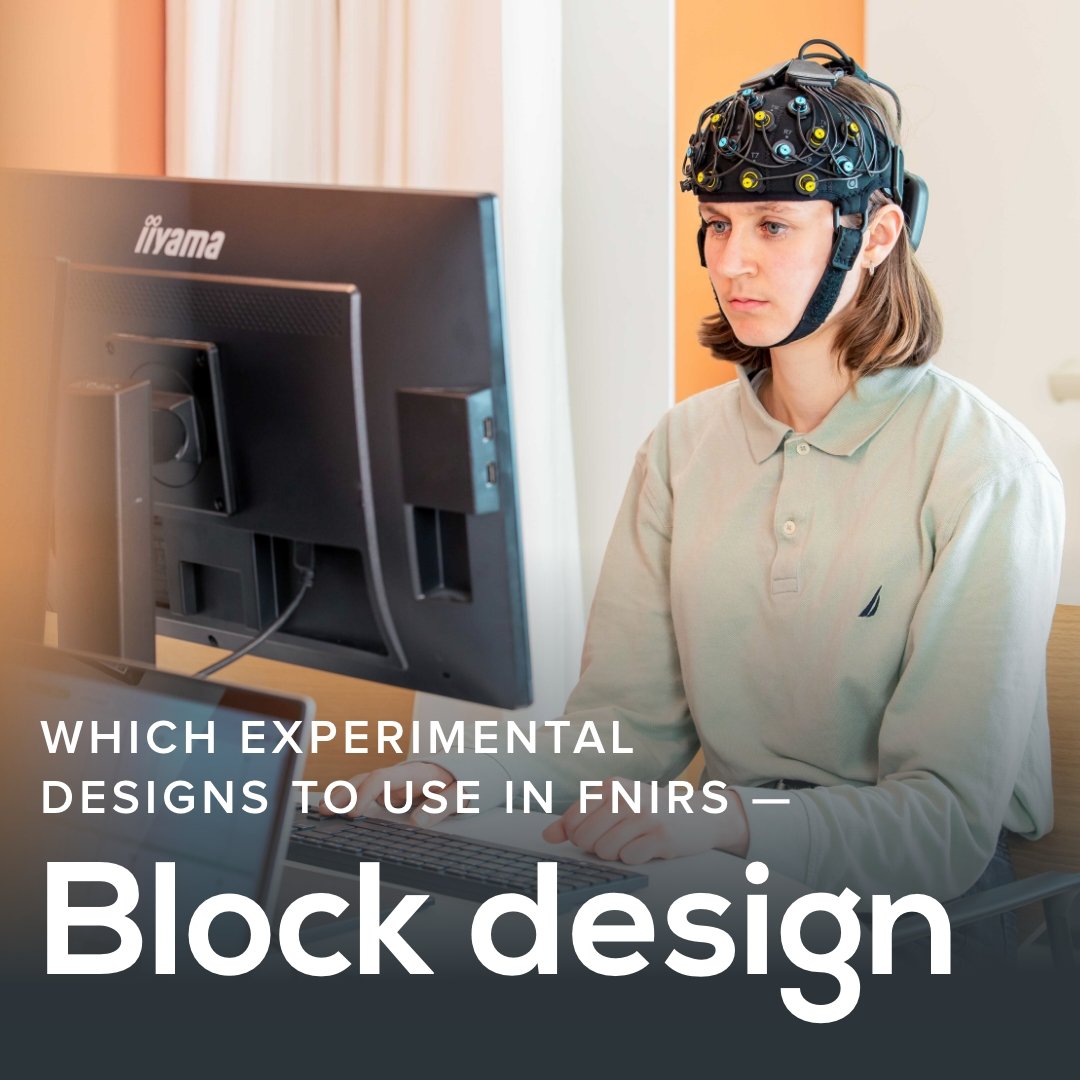
Which experimental designs to use in fNIRS — Block design
Block design is one of the most frequently used experimental designs when performing fNIRS experiments, as it offers various advantages. In this blogpost, we explain characteristics, advantages and considerations of block design experiments, and give recommendations on how to correctly use it in your fNIRS research.
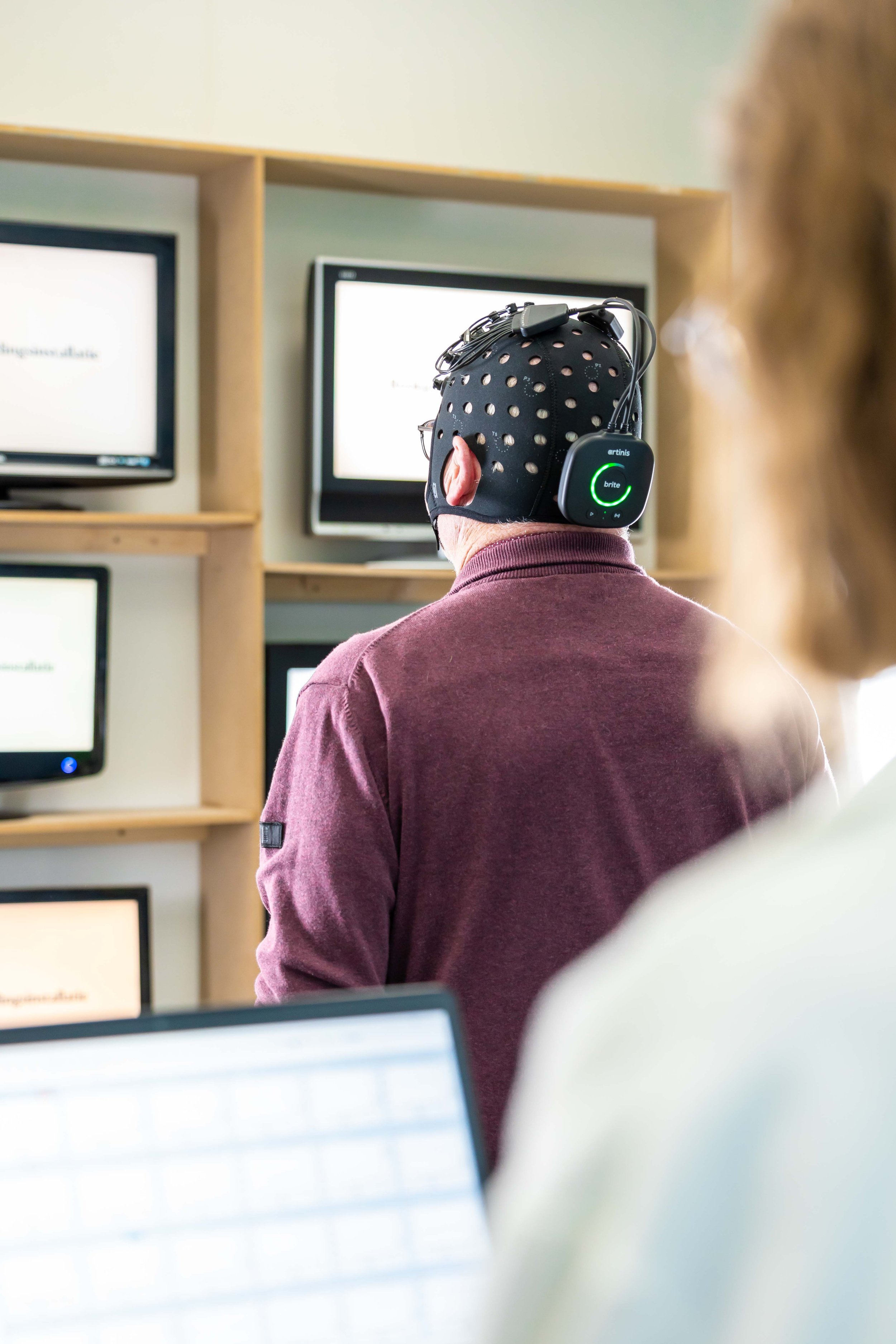
Which experimental designs to use in fNIRS — Introduction
This is the introduction post of our blogpost series on experimental designs in fNIRS. In this blogpost, we explain what fNIRS measures, which general considerations have to be considered, and which frequent experimental setups we have for fNIRS.
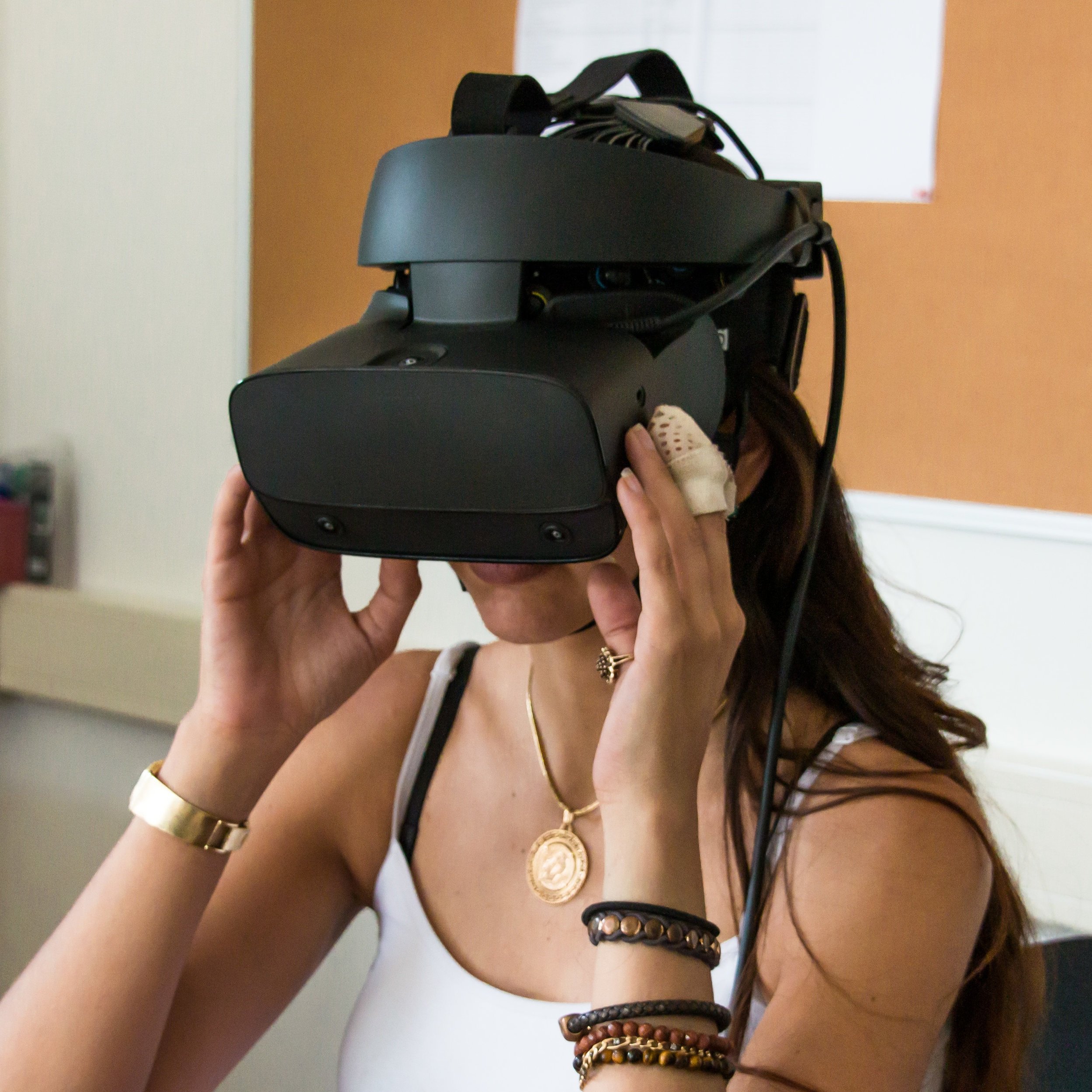
Using fNIRS to study emotions in virtual reality environments
Have you ever watched a horror movie or read a really gripping thriller that made you skip a beat or two at the climax? If you know what I’m talking about, then we can agree on something: our minds are connected to our bodies in such a way that the emotions we experience cause physiological changes on us.

NIRS and connectivity measures: an Interview with Prof. Stephane Perrey
fNIRS, as a neuroimaging method, was introduced more than two decades ago. Innovation in equipment, tools, and methods based on related-neuroimaging methods is increasing thanks to several companies and academic laboratories. The use of fNIRS in future research practices will aid in advancing modern investigations of human brain function. Connectivity measures will contribute to the field of neuroscience and a multimodal imaging approach is likely required.

User case: Combining multiple Artinis devices
Auditory cortex measurement with fNIRS.
